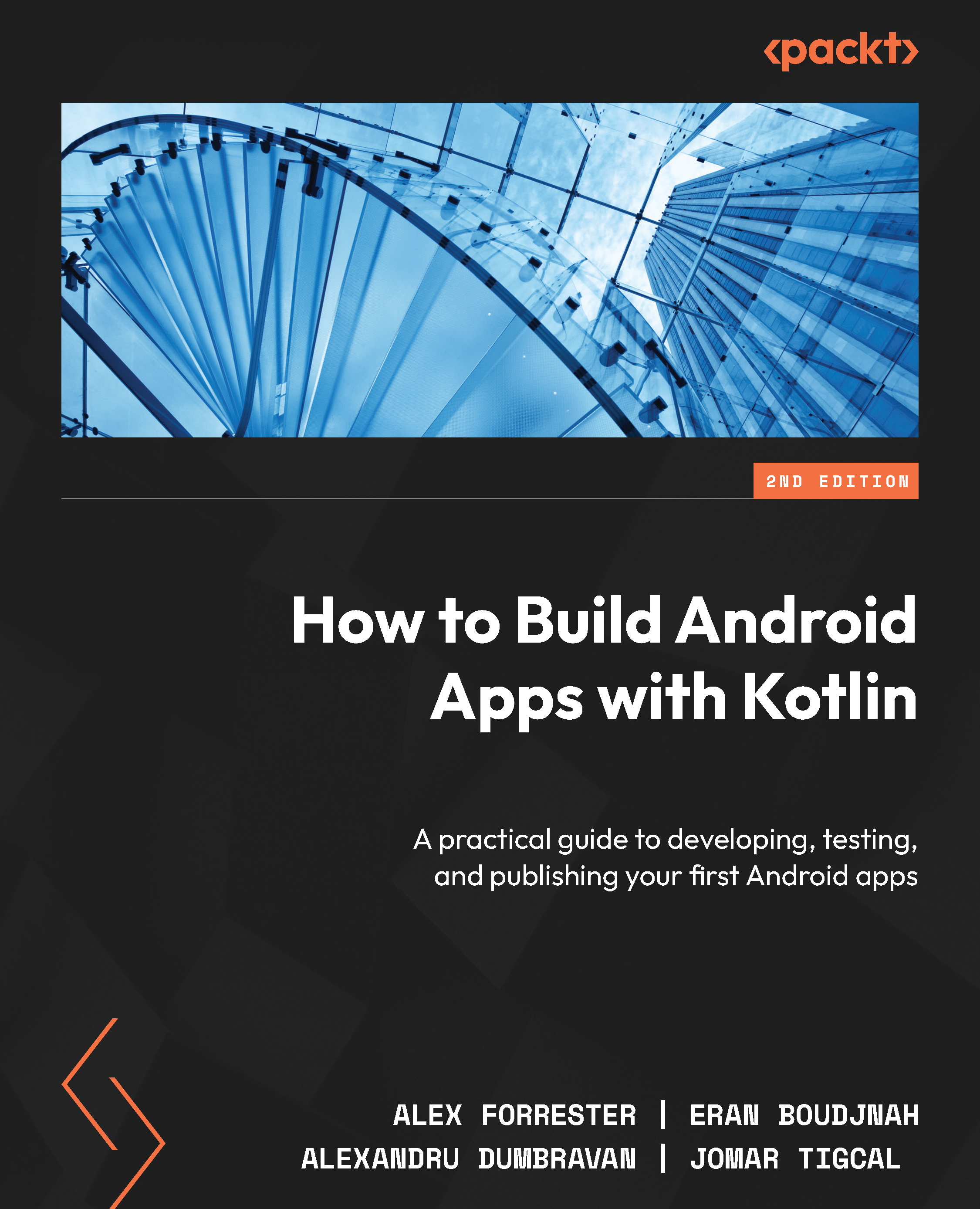To understand how this all works, we will explain the training code, the testing code, and the output. We will start with the training code.
To create a model, we need test data that was saved in the training-data.train file. Its contents are as follows:
These fields are used to provide further information about how tokens should be identified<SPLIT>. They can help identify breaks between numbers<SPLIT>, such as 23.6<SPLIT>, punctuation characters such as commas<SPLIT>.
The <SPLIT> markup has been added just before the places where the tokenizer should split code, in locations rather than white spaces. Normally, we would use a larger set of data to obtain a better model. For our purposes, this file will work.
We created an instance of the InputStreamFactory to represent the training data file, as shown in the following code:
InputStreamFactory inputStreamFactory = new InputStreamFactory() {
public InputStream createInputStream()
throws FileNotFoundException {
return new FileInputStream("training-data.train");
}
};
An object stream is created in the try block that read from the file. The PlainTextByLineStream class processes plain text line by line. This stream was then used to create another input stream of TokenSample objects, providing a usable form for training the model, as shown in the following code:
try (
ObjectStream<String> stringObjectStream =
new PlainTextByLineStream(inputStreamFactory, "UTF-8");
ObjectStream<TokenSample> tokenSampleStream =
new TokenSampleStream(stringObjectStream);) {
...
} catch (IOException ex) {
// Handle exception
}
The train method performed the training. It takes the token stream, a TokenizerFactory instance, and a set of training parameters. The TokenizerFactory instance provides the basic tokenizer. Its arguments include the language used and other factors, such as an abbreviation dictionary. In this example, English is the language, and the other arguments are not used. We used the default set of training parameters, as shown in the following code:
TokenizerModel tokenizerModel = TokenizerME.train(
tokenSampleStream, new TokenizerFactory("en", null, true, null),
TrainingParameters.defaultParams());
Once the model was trained, we saved it to the mymodel.bin file using the serialize method:
BufferedOutputStream modelOutputStream = new BufferedOutputStream(
new FileOutputStream(new File("mymodel.bin")));
tokenizerModel.serialize(modelOutputStream);
To test the model, we reused the tokenization code found in the Tokenization using the OpenNLP recipe. You can refer to that recipe for an explanation of the code.
The output of the preceding code displays various statistics, such as the number of passes and iterations performed. One token was displayed per line, as shown in the following code. Note that the comma and period are treated as separate tokens using this model:
In
addition
,
the
rook
was
moved
too
far
to
be
effective
.
 United States
United States
 Great Britain
Great Britain
 India
India
 Germany
Germany
 France
France
 Canada
Canada
 Russia
Russia
 Spain
Spain
 Brazil
Brazil
 Australia
Australia
 Singapore
Singapore
 Canary Islands
Canary Islands
 Hungary
Hungary
 Ukraine
Ukraine
 Luxembourg
Luxembourg
 Estonia
Estonia
 Lithuania
Lithuania
 South Korea
South Korea
 Turkey
Turkey
 Switzerland
Switzerland
 Colombia
Colombia
 Taiwan
Taiwan
 Chile
Chile
 Norway
Norway
 Ecuador
Ecuador
 Indonesia
Indonesia
 New Zealand
New Zealand
 Cyprus
Cyprus
 Denmark
Denmark
 Finland
Finland
 Poland
Poland
 Malta
Malta
 Czechia
Czechia
 Austria
Austria
 Sweden
Sweden
 Italy
Italy
 Egypt
Egypt
 Belgium
Belgium
 Portugal
Portugal
 Slovenia
Slovenia
 Ireland
Ireland
 Romania
Romania
 Greece
Greece
 Argentina
Argentina
 Netherlands
Netherlands
 Bulgaria
Bulgaria
 Latvia
Latvia
 South Africa
South Africa
 Malaysia
Malaysia
 Japan
Japan
 Slovakia
Slovakia
 Philippines
Philippines
 Mexico
Mexico
 Thailand
Thailand














